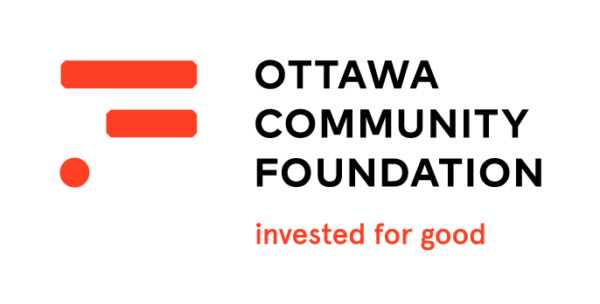Many music teachers will encounter students at some point who don’t practice. It often goes like this:
- You assign practice at the end of the lesson
- The student comes back next week without improving
- You feel frustrated and the student struggles to get through the lesson
- You tell them to practice this week (if they could only find 15 minutes a day, it would be so much better than nothing!)
- And repeat…
This can be frustrating for any teacher or student. It’s hard to continue reviewing the same material every week and feel like it’s going nowhere. Students may also feel distressed about not meeting your expectations, which makes lessons unenjoyable and even anxiety provoking. All of this can lead students to drop out of lessons or get dropped by their teacher. From what I can tell, this is a really common experience: not just for students with exceptionalities, but for many students in general. So how do we break this cycle…?
First, let’s point out that there are all sorts of reasons that students don’t practice, and many of them can be addressed directly. As teachers, we should absolutely do what we can to help students practice to the best of their ability. But what about the students who are not able to practice for reasons that can’t be changed at the moment? For example, they may have certain lagging skills, like self-regulation, or time management. They may be drained from making it through the school day, or they may have a lot of therapies that take up their time and energy. Maybe they don’t currently have access to an instrument or the resources to get one. Should that prevent those students from learning music and enjoying lessons?
In my experience, the answer is no! Many students who love music are just not able to practice, but they are able to learn and participate in lessons enthusiastically. This is especially true for some students with exceptionalities. So how do we make music learning accessible to these students without regular practice? There are two main things that can help: adjusting expectations and adapting the lesson structure.
Adjusting Expectations:
As I said before, we should do everything we can to help students practice successfully. Still, if you’ve tried your best to adjust the situation and it’s just not happening, you can decide that it’s not a realistic expectation for them right now. There are a few important things to note about this:
- It isn’t necessarily forever: as students develop or circumstances change, practicing may become possible for them later on. Whether it does or not, you can make music learning fun and beneficial right now.
- This is not “giving up on them”: it’s meeting them where they are at this moment and setting realistic goals for them. Actually, you’re showing them that they are capable of engaging with music in their own way, and you support them.
- Finally, this doesn’t mean you stop caring whether or not they practice and continue with the same plan regardless of the outcome. It means adapting your teaching approach to set them up for success during the lessons. It’s also a good idea to make these expectations clear to parents: whatever the student can do right now is totally ok, and you can make adjustments as needed in the future. This keeps everyone on the same page about practicing.
Adapt the lesson structure/activities:
As you reframe your own thinking, the aim is to apply a strengths-based approach. Think about the student’s skills, and ask yourself: What can they currently do? How can they do it most easily and effectively? What do they struggle with that can be improved? This may involve taking some time to assess their abilities and learning style to get a better picture. Once you’ve assessed the situation, here are some tips for tailoring your lesson plan:
- Build lessons on specific, achievable learning outcomes: for example, you can do lots of fun activities that focus on individual skills or concepts, like aspects of note reading, dynamics, or rhythm.
- Make activities relatively short and achievable: the goal is for the student to succeed without practicing outside the lesson. Add new things gradually to expand their skills and knowledge.
- Pick achievable repertoire: choose music that is at their current level, and select one or two specific things to focus on. Again, shorter is often better. If they aren’t practicing at home, it may take longer for them to learn than you’re used to.
- Practice with them: if this is the only time they spend on the instrument, show them how to practice effectively. If they are able to practice independently at some point, then they will already know how.
- Be creative: No practice needed! Use the opportunity to improvise, compose, and do other fun creative activities.
- Engage with music away from their instrument: listen, move, and connect to music in new ways. You can also help them dig into repertoire more deeply, for example, by stomping the rhythm or listening to a recording.
All of these ideas can help students succeed in music learning without practicing between lessons. You will see progress, even if it is sometimes slower than what you are accustomed to. The important thing is that you are teaching them as they are today, and opening up opportunities for them to continue learning in the future.
Happy Teaching!



